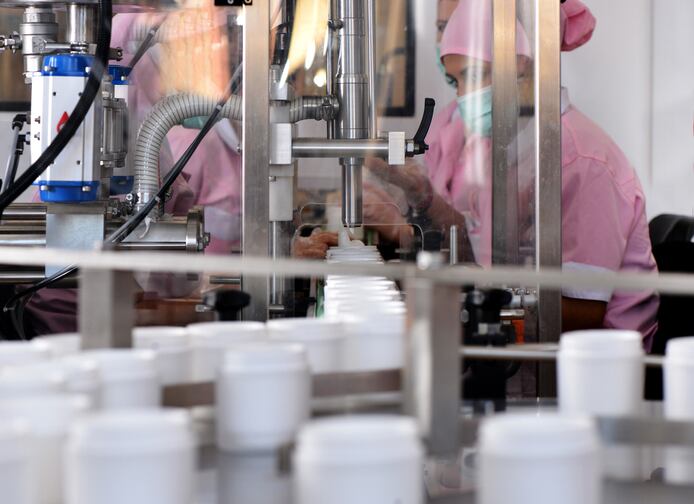Last week, the UK’s Cosmetic, Toiletry and Perfumery Association (CTPA) held an expert workshop dedicated to proving the safety of chemicals without reliance on animal tests. The workshop brought together expert cosmetic scientists, animal-free testing providers, NGOs, academia and UK government regulators to discuss and analyse real-world case studies and future opportunities in the field.
Animal testing on cosmetic products and ingredients had been banned in the EU since 2013 under the EU Cosmetics Regulation 1223/2009, following initial bans on testing for finished products in 2004 and ingredients in 2009. Despite this, the European Chemicals Agency’s (ECHA) REACH Regulation 1907/2006 still sometimes required animal data – particularly in instances like environmental impact and worker safety.
Since the EU ban, however, new approach methodologies (NAMs) had fast advanced in the field of cosmetics safety assessment and industry was now determined to push for wider acceptance of these methods, across all end points tested for safety or risk.
Next-generation animal-free safety analysis
Last month, Cosmetics Europe and a raft of industry scientists from Beiersdorf, L’Oréal, Procter & Gamble and Unilever published a study outlining a “practical and structured” 10-step framework for animal-free safety analysis. The framework combined read-across (RAX) assessment approaches and new approach methodologies (NAMs) to provide an exposure-driven and evidence-based approach for next-generation risk assessment in cosmetics. Cosmetics Europe also last year unveiled its New Science Programme, designed to drive and shape worldwide uptake and regulatory acceptance of non-animal testing alternatives in cosmetics.
CTPA’s recent inaugural expert workshop had been designed to create a “neutral forum” for experts in the field of NAMs to hold an open and constructive discussion, building a foundation for future work, said the association’s director-general Dr Emma Meredith.
The goal, Meredith said, was to create a “catalyst for open discussion” and advance efforts in NAMs in the UK, EU and globally.
The CTPA said its members and the wider UK cosmetics industry wanted to do “everything possible to promote the use of NAMs as scientifically robust alternatives to animal testing”.
It said this was particularly relevant as the UK established its independent chemicals regulatory system. “The UK cosmetics industry is seizing this opportunity; showcasing how NAMs can be at the heart of innovative chemicals law using state-of-the-art science techniques to protect health and the environment,” it said.
‘Common’ objectives and ‘collaboration’
Professor Alan Boobis OBE, emeritus professor of toxicology at the UK’s Imperial College London, said: “We have reached a stage where there is a real opportunity for NAMs to transform chemical risk assessment, but this will happen only if all relevant parties work together on a common objective.”
Dr Fiona Sewell, head of toxicology at the National Centre for the Replacement, Refinement and Reduction of Animals in Research (NC3Rs), agreed: “New approach methodologies offer great opportunities to improve the predictivity of safety assessments while reducing reliance on animal use in toxicity testing.”
“It is crucial that we continue to collaborate and work together, focusing on advancing these methodologies by implementing the 3Rs [replacement, refinement, reduction], as well as maximising their impact through wider dissemination to other sectors and other chemicals legislation,” she said.
“We can take cosmetic safety assessment as a good example where animal testing has already been replaced.”
Cosmetics has ‘pioneered’ use of NAMs
Dr Carl Westmoreland, director of science and technology at Unilever’s Safety & Environmental Assurance Centre (SEAC), agreed and said animal-free cosmetics safety testing on ingredients was “now routine” given the 10+ year EU ban in place; efforts now had to turn to widening use and application.
“The cosmetics industry has pioneered the use of NAMs and next-generation risk assessment for safety assurance. This same, modern science can be translated to the safety assurance of workers and the environment, and the cosmetics industry is keen to share our science to speed up the acceptance of NAMs in other areas of regulatory safety,” Westmoreland said.




